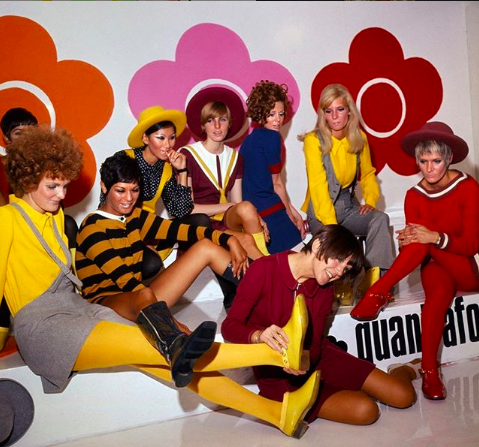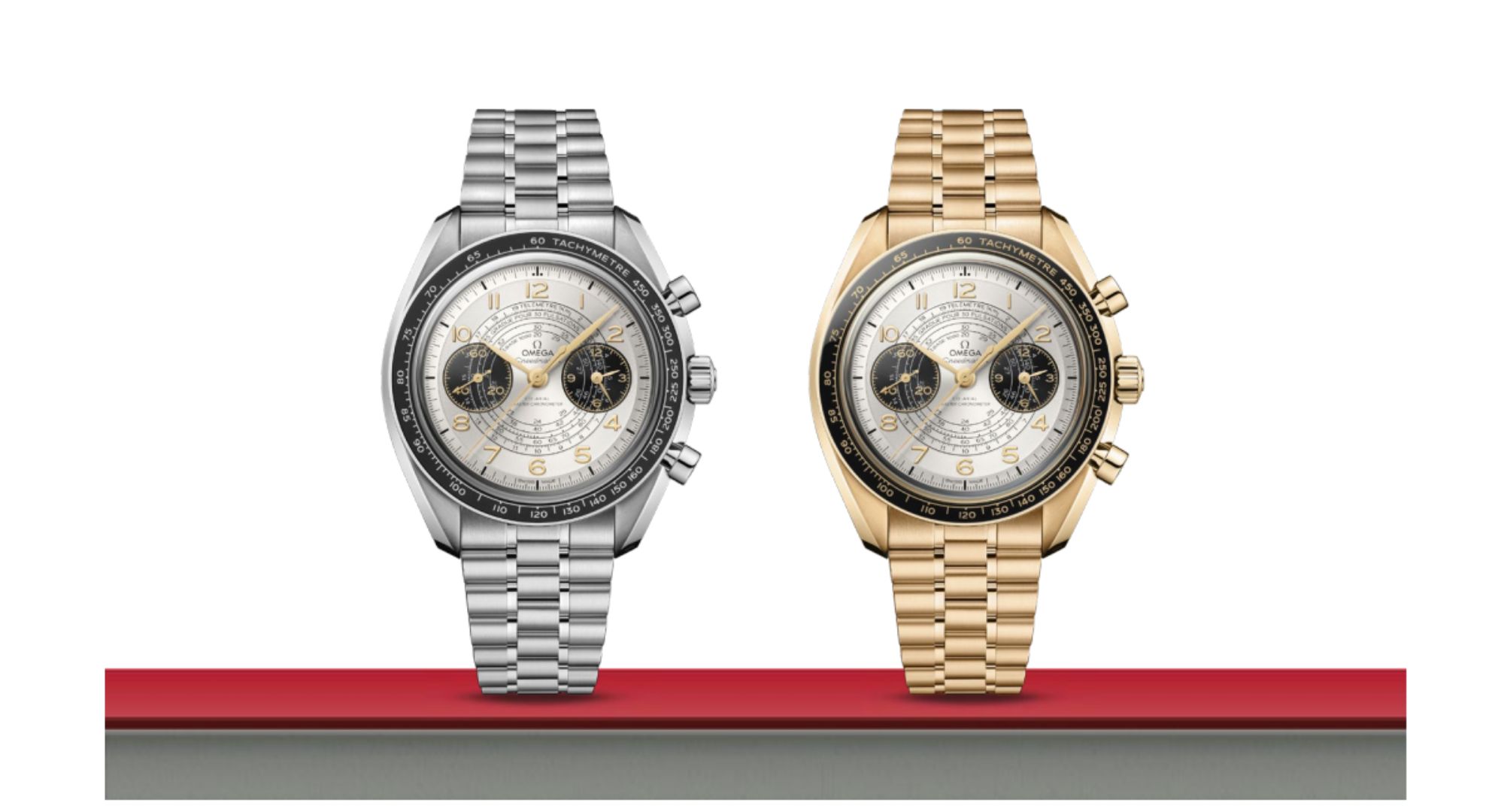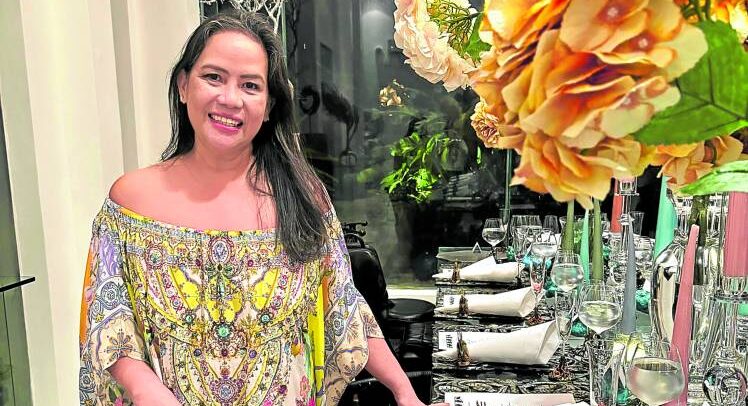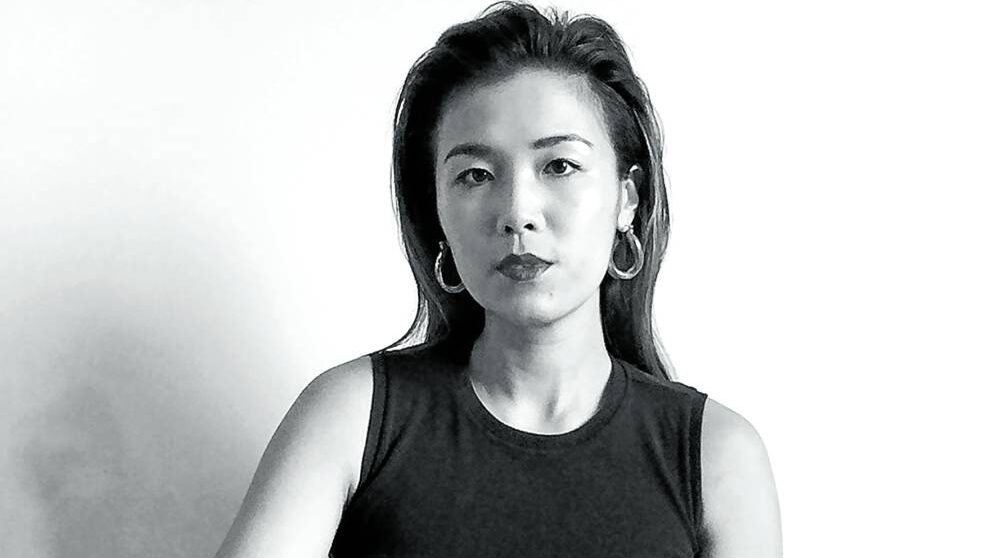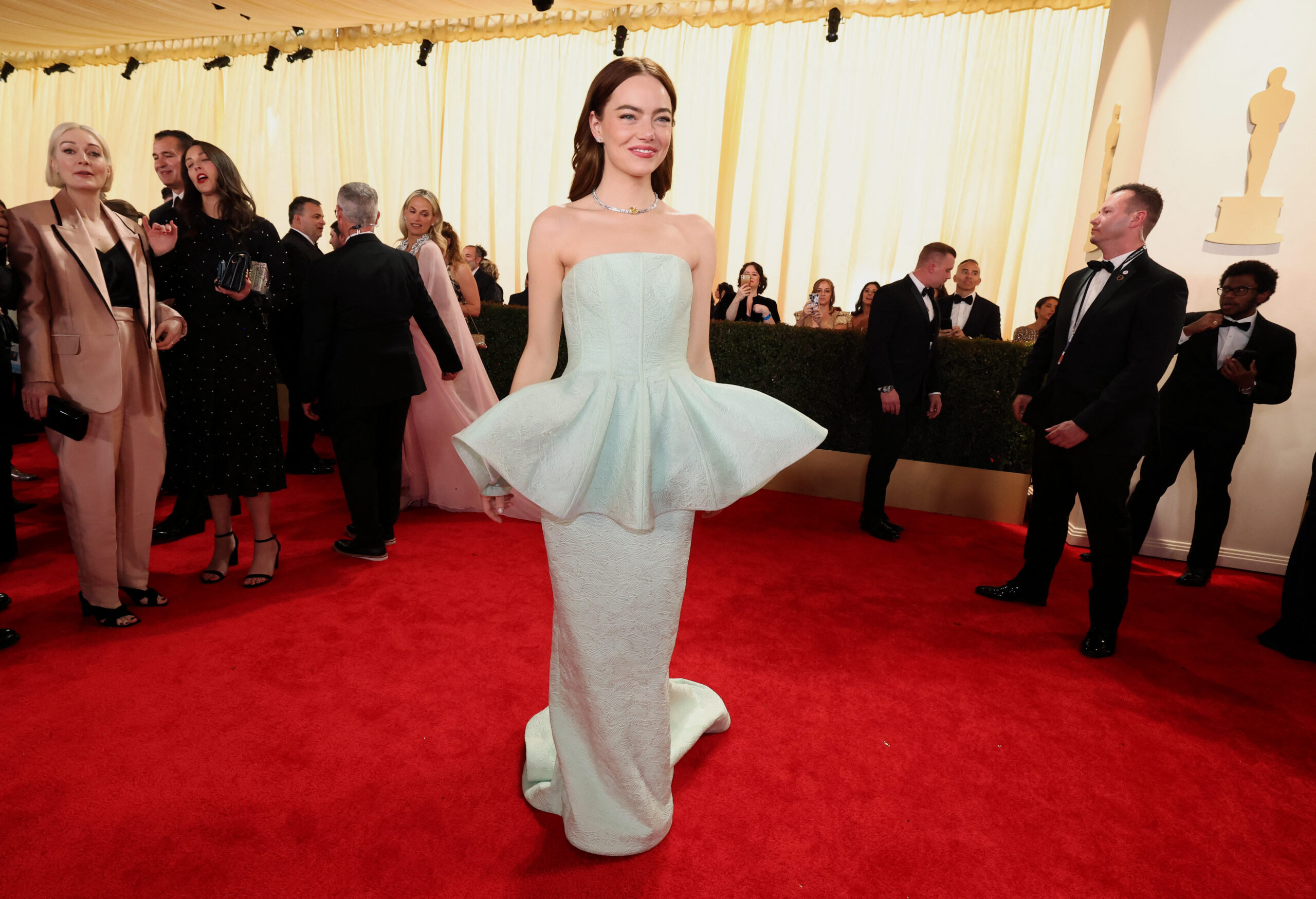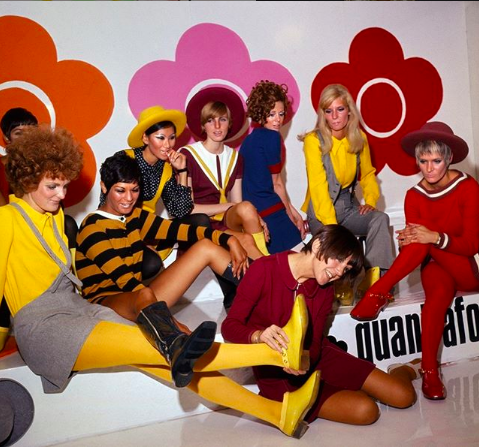
“Mary Quant has been a pivotal figure in shaping the global identity of British fashion today, and making London an international centre of street style, creativity and fashion education,” said V&A museum director Tristram Hunt. “Mary Quant pushed the boundaries of what was acceptable for women to wear.”
She popularized the mini-skirt, colourful tights, and tailored trousers.
Now 85, Quant revolutionized the high street, mass-producing clothes that harnessed the spirit of 1960s “Swinging London.”

When London’s Victoria and Albert Museum requested for surviving Mary Quant clothing ahead of the major exhibition, over 800 people responded to the request—willing to rummage through their attics and wardrobes to find not just clothing but also snapshots and memories.
Those items are now due to go on display as part of the V&A’s One hundred Quant creations retrospective which opens on April 6 and runs until February next year.
Thirty-five of the pieces in the exhibition were donated by the women who originally wore them, complete with personal stories linked to each garment.
Among them is a 1966 fancy red plastic raincoat with a white collar that has served two generations of the family of London artist Lady Michaelle St Vincent.
The exhibition starts in the post-World War II world of Quant’s experimental first shop, Bazaar, in London in 1955, and shows how her designs ended up being produced for US chain stores and mail order companies. It features clothes and accessories dating from 1955 to 1975 as well as advertising posters for cosmetics bearing the daisy logo that became Quant’s trademark.
In the 1960s, Quant launched Ginger Group, an affordable clothing range containing apron dresses both long and short, in shades of plum, grey and amber, which also appear in the exhibition alongside ultra-short dresses featuring bright colours and geometric designs.
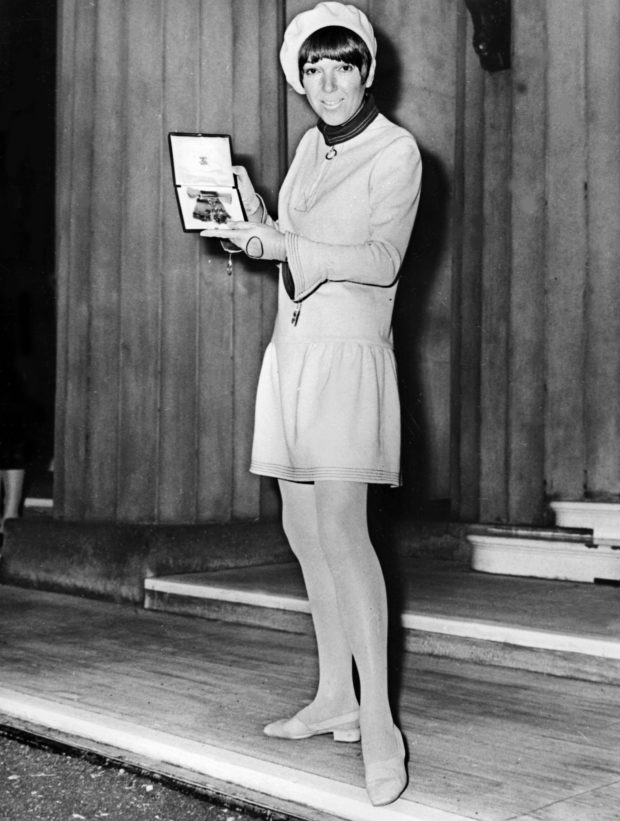
Photo prise le 16 novembre 1966 à Londres, de la styliste britannique Mary Quant après avoir reçu la médaille de l’Ordre de l’Empire britannique. En 1965, Mary Quant lance la minijupe, véritable coup de tonnerre dans la mode. (Photo by STAFF / CENTRAL PRESS / AFP)
Quant seized the spirit of the times by taking cues from men’s fashion, bringing out comfortable but trendy clothes in androgynous cuts.
“She’s so famous for her miniskirts, and this became an ultimate symbol of women’s liberation and working women having a style of their own,” said the exhibition’s co-curator Jenny Lister.
A video showing models wearing Quant’s dresses and trousers, free to dance to the music, demonstrates “that liberation to run around and be physically free,” back in the 1960s “when women were increasingly working or they weren’t tied to the home with the chores,” said Lister.
She turned simpler masculine styles into “feminist clothes which were really comfortable.”
Quant’s penchant for sportswear and street fashion made her an avant-garde designer. Some outfits are on the wild side like dresses with zips on the front to reveal the wearer’s stomach or breasts.
Several of the exhibition items are also reminiscent of the clothes worn nowadays by London hipsters.
See more images and videos dedicated to the exhibition from the Victoria and Albert Museum:
https://www.instagram.com/p/BvyT9-cAnR3/?utm_source=ig_web_copy_link
https://www.instagram.com/p/BvwtP97gZQT/?utm_source=ig_web_copy_link
https://www.instagram.com/p/BvtvK8FAs7B/?utm_source=ig_web_copy_link

